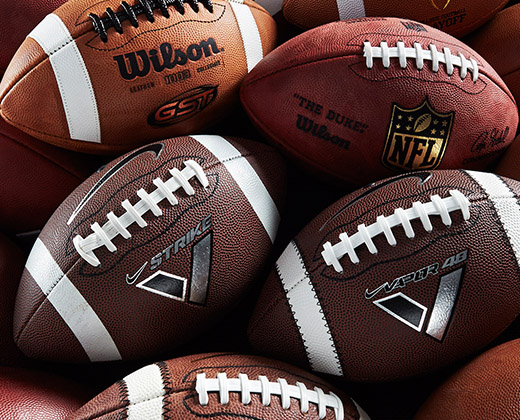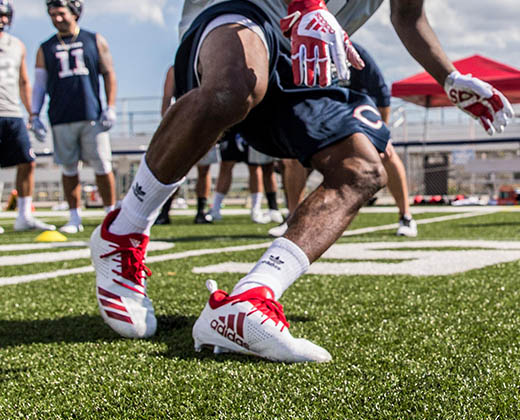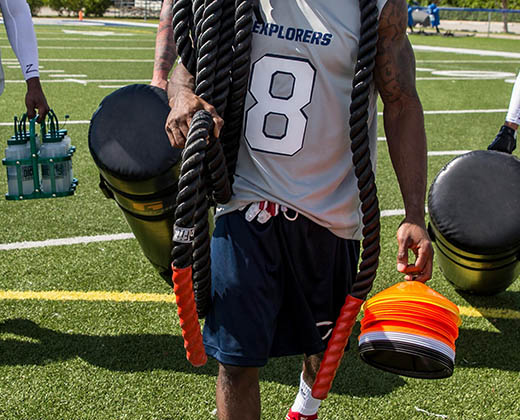7-on-7 Drills for Gameday Situations
Adding 7-on-7 action to football practice allows the offense and defense to prepare for passing situations on game day.
Everyone has heard the old saying “practice makes perfect.” Practice throughout the week allows teams to work on their skills and prepare for what they might see from their next opponent.
Seven-on-7 drills can help match a team’s offense and defense up against what they could face during a game. Teams can use this every day in practice.
To run through 7-on-7 drills, set up the offense and defense as you would on game day, except there are no linemen used on either side of the ball. The offense will have a quarterback, a player to snap the ball and five eligible receivers. You can also run the drill with a running back lined up in the backfield. The defense uses a combination of defensive backs and linebackers.
It is crucial to play out certain situations in 7-on-7 drills. This drill isn’t about just playing the game; it can help raise the player’s football IQ and get them ready for the game.
“You just can’t line up and put a football down and play,” says Chris Merritt, veteran high school football coach and founder of Heads Up Football. “You have to put your kids in practice situations where they know what you’re going to call offensively and defensively, so on Friday nights they know what’s coming and they’re prepared.”
Competitive 7-on-7 is an activity better suited for the offseason. It can help your team’s offense improve its passing and have your defense ready to shutdown opponents when the season arrives.
There are several situations that teams can practice for when running 7-on-7 drills: third-and-medium, third-and-short and second-and-short. But two of the most important are third-and-long and goal-line situations.
THIRD-AND-LONG
When an offense needs 10 yards or more for a first down, there is little doubt as to what they’re going to do: pass the ball. The offense needs to be ready to convert and the defense needs to focus on denying the pass. One way to practice these situations is with 7-on-7 football.
Coaches can call out a team’s best four plays on offense and top four plays on defense for the team to practice these situations.
“We have to strive to get 75 percent success [on offense],” Merritt says. “We feel if we get 75 percent success on third-and-10, we are going to win a lot of ball games. Defensively, we got to hold that number to 25 percent or less for the offense. We feel if we can hold the opposing offense to 25 percent success rate on third-and-10, we’re going to be successful on Friday night.”
GOAL LINE
By playing 7-on-7 football at the goal line, offenses can better prepare the right pass plays to score a touchdown. It can also help the defense work on improving their pressure on receivers and their ability to come up with an interception.
The focus of this drill is to find success when the ball is near the goal line. The offense will focus on routes to get the receivers open in a limited amount of field. The defense will concentrate on press man-to-man coverage.
By going through 7-on-7 passing drills regularly in practice, your team can be ready to make game-changing plays when they step onto the field.








